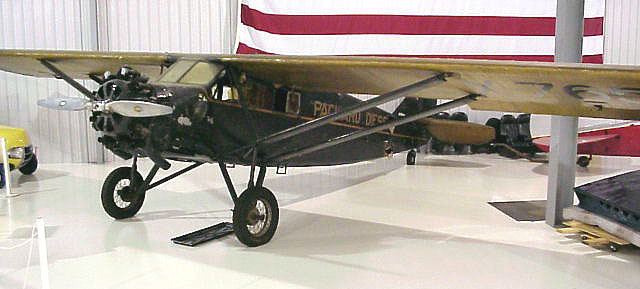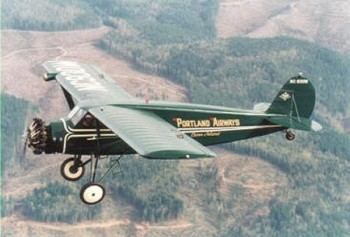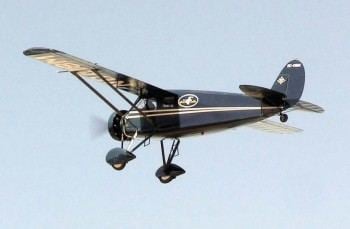Top speed 212 km/h First flight January 25, 1926 | Wingspan 14 m Manufacturer Stinson Aircraft Company | |
 | ||
Stinson detroiter crash
The Stinson Detroiter was a six-seat cabin airliner for passengers or freight designed and built by the Stinson Aircraft Syndicate, later the Stinson Aircraft Corporation. Two distinct designs used the Detroiter name, a biplane and a monoplane.
Contents
Development

The first design from the Detroit-based Stinson Aircraft Syndicate was the Stinson SB-1 Detroiter, a four-seat cabin biplane with novel features such as cabin heating, individual wheel brakes and electric starter for the nose-mounted 220 hp (164 kW) Wright J-5 Whirlwind engine. The Harley Davidson brakes were demonstrated on a snowy maiden flight requiring wheel chains to be added to prevent skidding. This aircraft was soon developed into the six-seat Stinson SM-1D Detroiter, a braced high-wing monoplane version which made its first flight on 25 January 1926. The aircraft was soon a success and it enabled Stinson to get $150,000 in public capital to incorporate the Stinson Aircraft Corporation on 4 May 1926.

Seventy-five of the Wright J-5 powered versions were built, followed by 30 Wright J-6 powered aircraft. From 1928, SM-1 aircraft were used on scheduled services by Paul Braniff's Braniff Air Lines and by Northwest Airways.

In 1930 a SM-1FS with a crew of three reached Bermuda from New York City, the first flight ever to the islands. Getting there the aircraft had to land twice, once because of darkness and later after running out of fuel. With a wing strut damaged, it was shipped back to New York.
In 1928 Stinson developed the smaller SM-2 Junior model to appeal to private owners.
Variants

Operators
Specifications (SM-1F)
General characteristics

Performance
